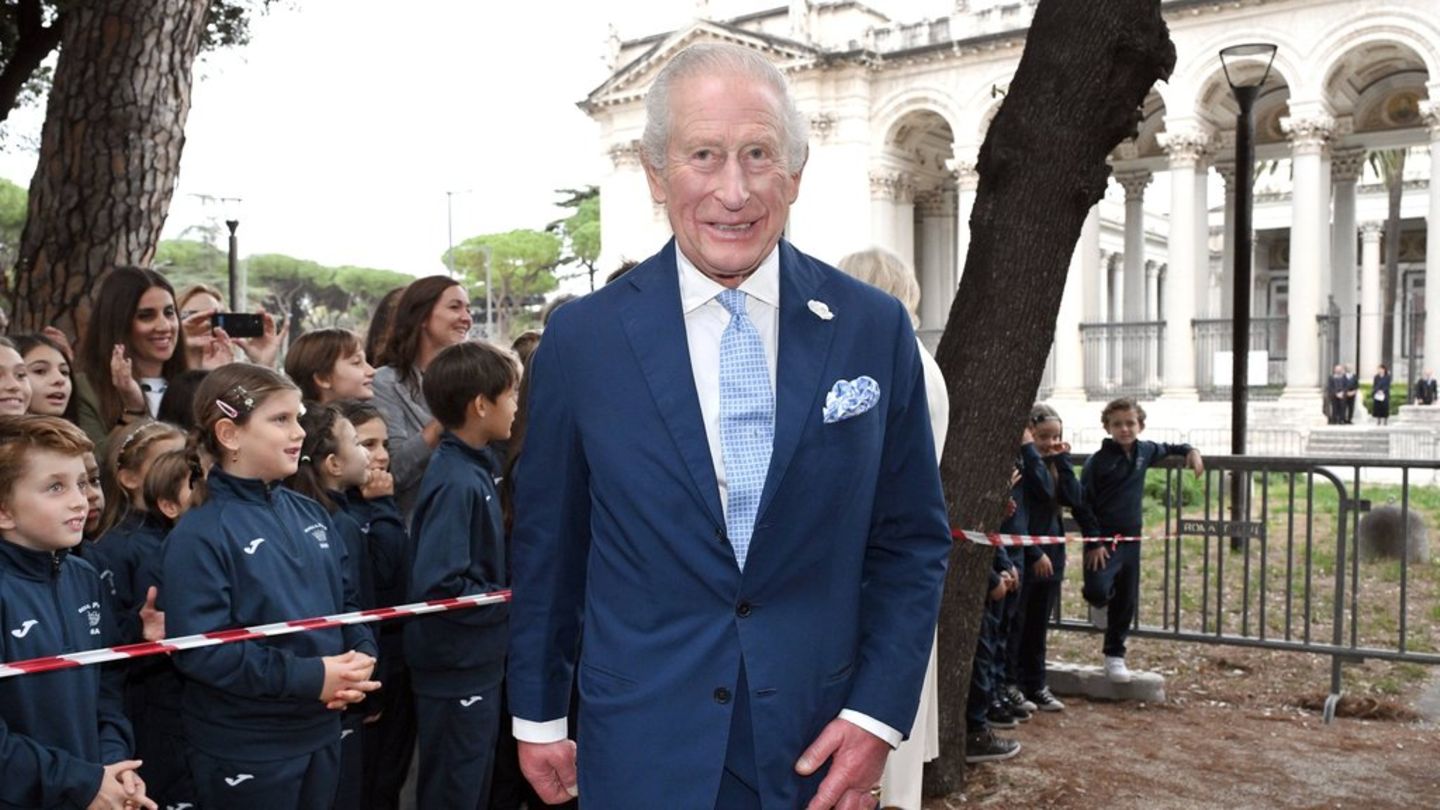Image: RICHARD A. BROOKS (AFP)
The Japanese central bank is ending its long-standing negative interest rate policy. After a two-day meeting on Tuesday, the monetary authorities decided to raise the short-term key interest rate from minus 0.1 percent to a range of 0 to 0.1 percent. The negative interest rate has been in effect since 2016 and was intended to stimulate bank lending, chronically low inflation and ultimately the overall economy.
- More on the subject: ECB: interest rate cut in June?
With the first interest rate hike in 17 years, the Bank of Japan (BoJ) is the last of the world’s major central banks to abandon the policy of negative interest rates. The goal of achieving stable inflation of two percent is in sight, explained the monetary authorities led by their boss Kazuo Ueda. The low and sometimes negative inflation rates were long viewed as a significant brake on growth. However, inflation is now within the central bank’s target range of two percent.
Lower inflation
The Japanese central bank’s approach was in stark contrast to that of many other central banks, which have sharply raised their key interest rates in recent years. This was intended to combat the predominantly very high inflation that was triggered by the corona pandemic, the Ukraine war and supply chain problems. Inflation has also risen in Japan, but not nearly as much as in western industrialized countries.
In addition to its negative interest rate policy, the Bank of Japan also said goodbye to other crisis instruments. The yield curve control, which was also introduced in 2016, was abandoned, with which the monetary authorities intervened deeply in the pricing process on the bond markets. In combination with very extensive purchases of securities, target interest rates were specified, with which the central bank effectively took control of the capital market. The aim here was also to reduce market interest rates and thus stimulate the economy and inflation.
- More on the subject: ECB or Fed: Who will cut interest rates sooner?
In the future, the Bank of Japan no longer wants to buy certain funds on the open markets, in particular exchange-traded index funds (ETF) and real estate funds. Some of these purchases were viewed very critically by experts because the monetary authorities not only intervened in the bond market but also in price formation on the stock market. Other major central banks have largely refrained from taking such steps despite the multiple crises in recent years. The purchases of corporate bonds are to be phased out gradually within a year.
However, the central bank still wants to buy government bonds in order to influence interest rates on the capital market. The central bank currently buys around 6 trillion yen (37 billion euros) of government securities every month. It fits with the fact that, according to the monetary authorities, the basic direction of monetary policy should remain loose. The economy should therefore continue to be supported by monetary policy, although the central bank believes it is tending to recover. The monetary authorities also expect further wage increases, which are considered to be a decisive factor in sustainably higher inflation rates.
Normalization of loose monetary policy
According to economists, with the decided change of course, the Bank of Japan is starting to normalize its decades of extremely loose monetary policy. However, this normalization is likely to be slow. “The end of negative interest rates and yield curve control certainly sends a certain signal,” commented Commerzbank expert Christoph Balz. “But the measures are more homeopathic.” It is not to be expected that further interest rate hikes will follow quickly.
With their new line, the Japanese monetary authorities are once again positioning themselves contrary to many other central banks. In many countries, interest rate cuts are now expected or have already been implemented because inflation is moving downwards again. However, Japan is aiming for stable inflation of two percent, which the country has not achieved for a long time. The starting point for the malaise was the severe real estate crisis more than 30 years ago, from which the country did not recover for many years.
Losses for the yen
The extremely loose monetary policy of the Japanese central bank has also contributed to a rapid fall in the value of the local currency, the yen. This meant a certain tailwind for the country’s large export economy, as Japanese goods became cheaper abroad due to exchange rates. However, private households suffered from the development because imports became increasingly expensive. Last but not least, energy became more expensive for the country, which is poor in raw materials, so that the central bank came under increasing pressure to contain inflation.
The yen reacted to the monetary authorities’ decisions with price losses. On the Japanese stock market, however, prices rose. Both of these indicate that a slow normalization process is also expected on the financial markets.
more from economics




